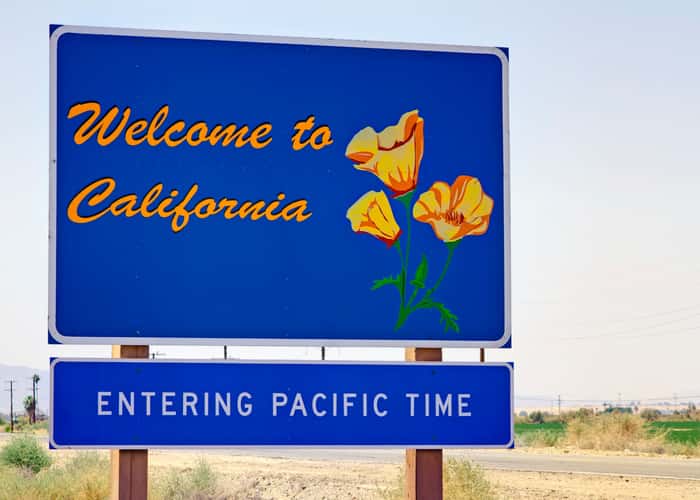The California Air Resources Board (CARB) has released its initial draft plan to reduce greenhouse-gas (GHG) emissions by 40% below 1990 levels by 2030 – the most ambitious target in North America, the board states.
According to CARB, the plan builds on the state’s efforts to reach its more immediate goal of reducing GHG emissions to 1990 levels by 2020 and outlines the most effective ways to reach the new 2030 goal, including continuing California’s cap-and-trade program and encouraging cleaner vehicles.
California is reducing emissions through a series of actions and advances in technology, including more fuel-efficient cars and zero-emission vehicles, low-carbon fuels, renewable energy, cap-and-trade regulations, waste diversion from landfills, water conservation and improvements to energy efficiency in homes and businesses. According to the agency, the result is improved public health, a growing economy with more green jobs and better clean energy choices for Californians.
“Now more than ever, the nation – and the world – are looking to California for leadership on climate change and air quality. Denial is not an option. We must plan, invest and transform,” says CARB Chair Mary D. Nichols.
“This draft plan builds on California’s decade-long success in transforming the state’s economy. It sets in place a public process to develop the policies that will create continued opportunities for innovation and investment, benefit disadvantaged communities, and ensure California continues to lead the fight against the global threat of climate change,” she continues.
Assembly Bill 32, signed in 2006, set California’s initial goal to reduce GHG emissions to 1990 levels by 2020 and directed CARB to develop a climate change scoping plan – to be updated every five years – detailing the measures needed to reach the target. This draft plan updates the previous scoping plan to account for the new 2030 target codified in Senate Bill 32 and reflects input from 18 public workshops and community meetings, numerous state government agencies and CARB’s Environmental Justice Advisory Committee.
CARB says the draft plan analyzes continuing the cap-and-trade program, which is currently being used to reach the state’s GHG reduction goals. As reported, the analysis shows how cap-and-trade provides more certainty that the state will meet the 2030 goals even if other measures fall short.
The cap-and-trade program funds the California Climate Change Investments program, which provides funds for community, local, regional and statewide projects aimed at reducing GHG emissions – with at least 35% of proceeds to be invested in disadvantaged communities. To date, approximately $3.4 billion has been invested.
According to CARB, achieving the 2030 goal – under any scenario – will require contributions from all sectors of the economy and will include enhanced focus on zero- and near-zero emission vehicle technologies; continued investment in renewables, including solar and wind; greater use of low-carbon fuels; integrated land conservation and development strategies; coordinated efforts to reduce emissions of short-lived climate pollutants, which include methane, black carbon and fluorinated gases; an increased focus on integrated land use planning to support livable, transit-connected communities and conservation of agricultural and other lands.
CARB will release another update to this plan in January 2017 – following a December workshop – which will include detailed economic and environmental analyses and document the social cost of carbon, and the range of greenhouse gas, criteria pollutant and toxic pollutant emission reductions from each proposed measure in the plan as required by Assembly Bill 197.
CARB expects the plan to be finalized in spring 2017.








just another way to scam billions from hard working americans and small business, and spread the wealth to all the illegal immigrants flooding in from Mexico.